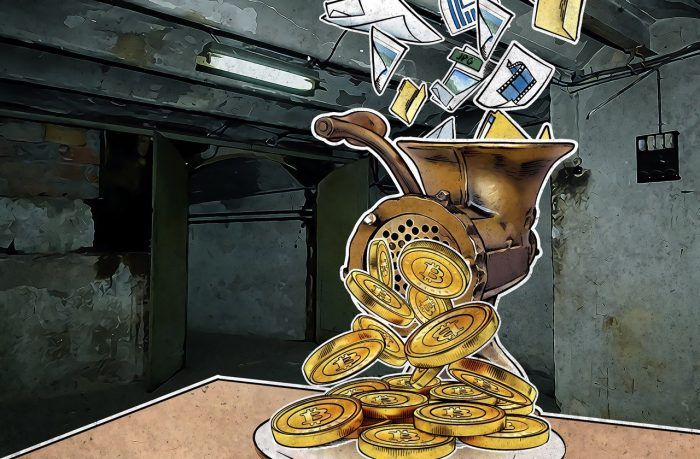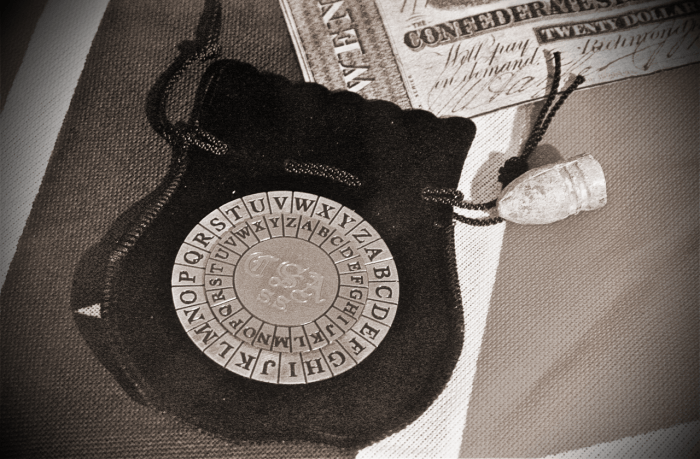
A 30-year cybermaze, from the Cascade virus to recent days
A pixel-art infographic with 30 years of information security developments, from the Cascade virus to the most recent days.
16 articles

A pixel-art infographic with 30 years of information security developments, from the Cascade virus to the most recent days.

How one of the key technologies behind the Kaspersky Lab’s antivirus engine came to be.

A recap of the most important events in the cybersecurity industry and Kaspersky Lab’s history for the last 20 years.

Ransomware: a brief history, current situation, future predictions and how to solve the problem.

Kaspersky Lab sponsors and supports an archaeological excavation near the Akrotiri settlement in Greece, which can shed light on the history of the Minoan civilization.

A recent story suggests Google is secretly recording your conversations and discussions. Are they really doing that?

Today is the first annual Tin Foil Hat Day. What is it?

SIM cards can be cloned. How is it possible and what does it have to do with cybercriminals?

Observing the evolution the good old SIM card went through and the results so far

One of the most interesting ciphers designed to eliminate the vulnerability to symbol frequency analysis was the Vigenere cipher. Which later became the basis of unbreakable one-time pads.

The first technology to enable instant long-distance communication was the telegraph. Back in its time, the telegraph helped to shape many of the current IT infrastructures.

We’ve collected the most interesting books and movies which give a lot of detail on how exactly ciphers are solved.

A legendary Soviet spy, Richard Sorge, is famous for conveying the exact date of the German invasion into the Soviet Union, and for letting the command know Japan had no plans of attacking the USSR in the Far East.

Five lessons from the story of the Enigma cryptographic machine which are still relevant.

During WW2 modern cryptography principles were often coupled with ‘amateur’ ciphering methods. Curiously, the latter ones often proved to be equally reliable

In the days of cyberwars and cybermafia, it’s hard to recall times when computer viruses and worms were just research projects or pranks. Back then, there were no monetary incentive